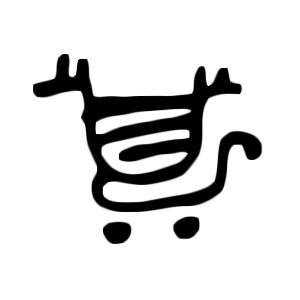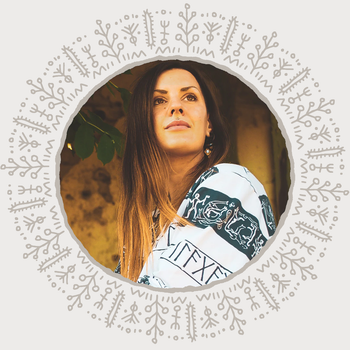Magical Animals of Norse Mythology
← BackSince she was feeding Ymir, she also needed to get some nutrition. Audhumbla therefore started to lick the salt off the ice that had leaked out from Nifelheim. From this ice she licked until shapes started to appear, humanlike shapes. This humanlike shape ended up being the ancestor of all of the gods of Asgard, his name was Bure, he is Odin’s grandfather. So together with the jötunns and the gods, Audhumbla is amongst the first life created out of the chaos of the Ginnungagap.
There are four deers running alongside its branches, eating the evergreen leaves growing out of the tree. On the top of the ash lives a big eagle watching down on all of the nine realms. There are many snakes eating on the root which leads down to Nifelheim, where the biggest serpent is the dragon Nidhögg. Nidhögg and the Eagle living at the top of the tree absolutely despise each other. It is a poor squirrel’s job, by the name of Ratatosk, to jump up and down the branches to deliver insults from one to the other. Outside of Helheim stands Garm, the first of the beastly hounds you’ll see entering the gates of Hel. His job is to make sure no one turns around before entering, and for those who do turn around he makes sure they wish they hadn’t.
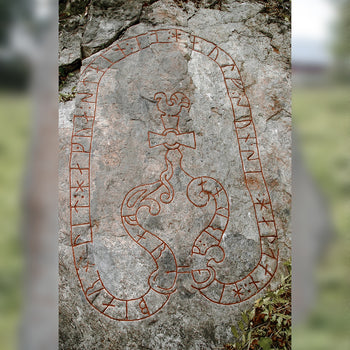
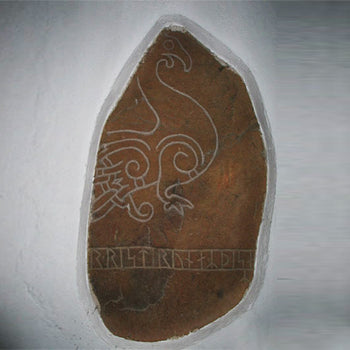
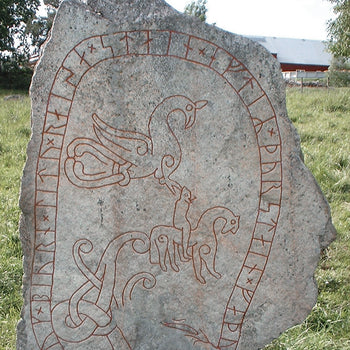
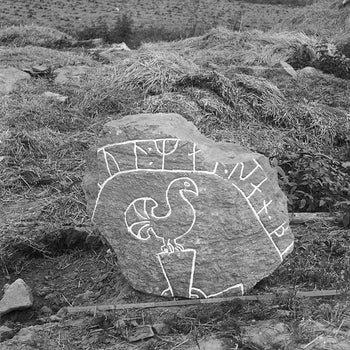
What makes Sleipnir easy to spot is the presence of his eight legs. Sleipnir was born by Loki in the disguise of a female horse, and ever since the birth of the eight-legged horse it has been described as the fastest and best horse throughout all the nine realms. He has the ability to run just as fast on water and air as on land. According to Sigrdrífumál Odin has carved magical runes on Sleipnirs teeth.
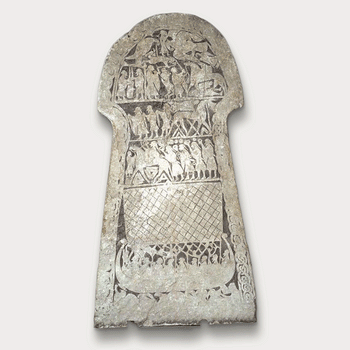
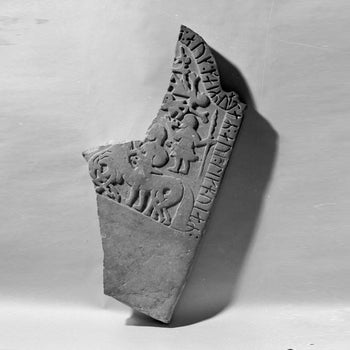
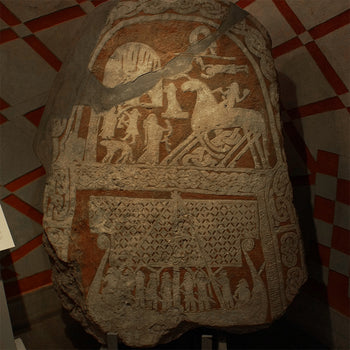
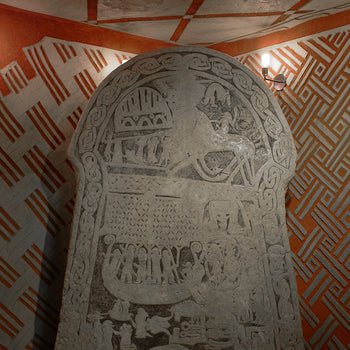
Many of the horses that are mentioned in the Eddas are named, but it has been a puzzling together to find out which aesir rides on which horse. So far Gulltoppr is the one that has been described to belong to Heimdallr.
Gler and Skeidbrimir,
Sillfrintopp and Sinir,
Gisl and Falhofnir,
Gulltoppr och Lettfeti;
on these horses the mighty aesir rides
every day, when they travel
to hold court
underneath the ash Yggdrasil”
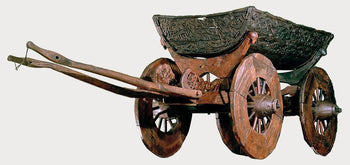
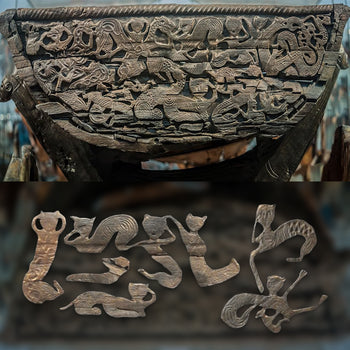
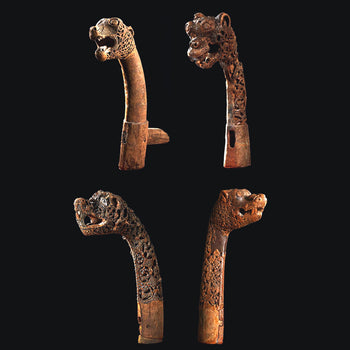
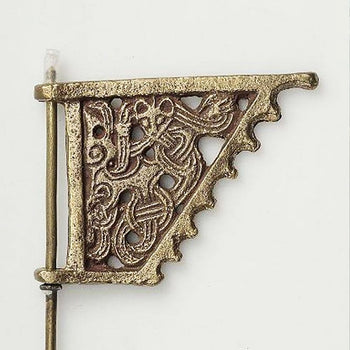
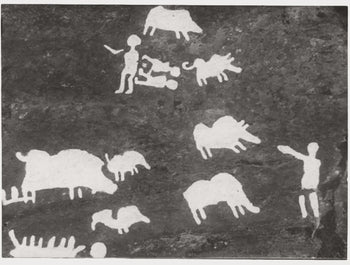
In his descriptions about kennings, Snorri Sturluson also mentions that helmets can sometimes be called Hildisvíni and we do actually have historical evidence of helmets that feature boars. These finds of helmets and pieces like the Torslunda plates, as well as depictions of 'boar-warriors' refered sometimes as Svinfylkings (like the war-tactic), clearly show the boar's status as a powerful animal during the Scandinavian Iron Age.
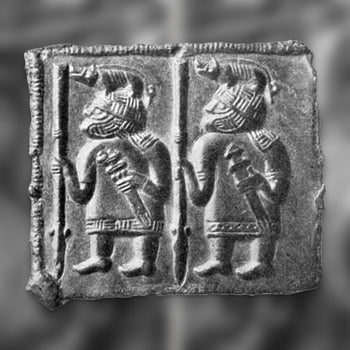
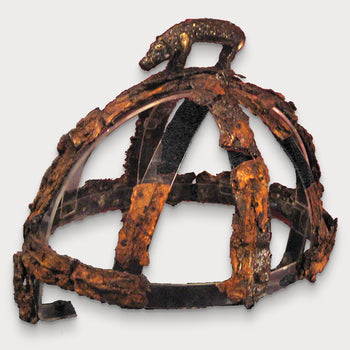
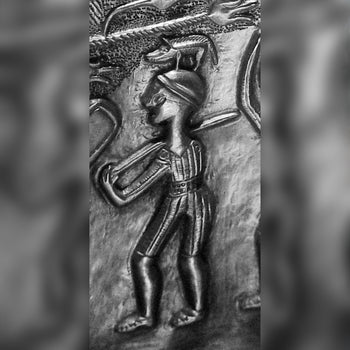
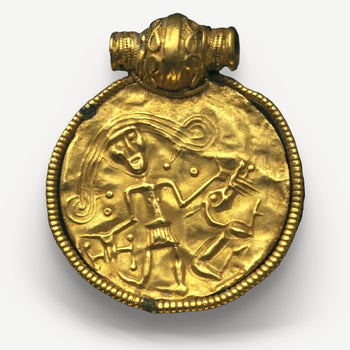
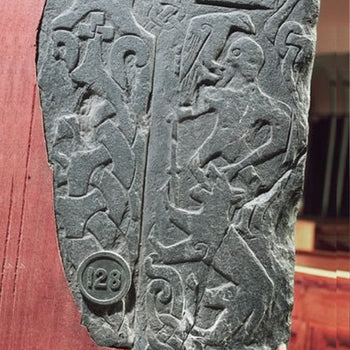
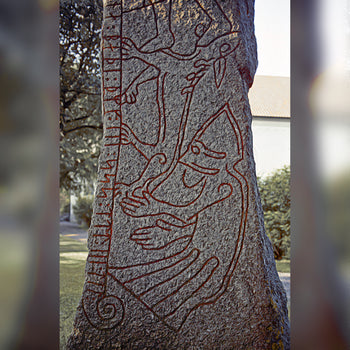
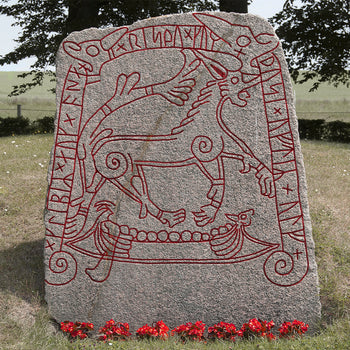
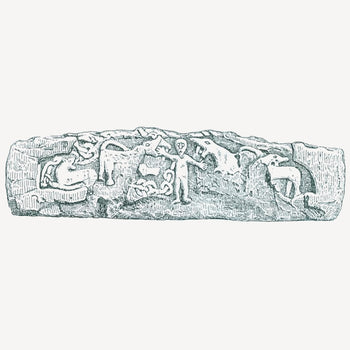
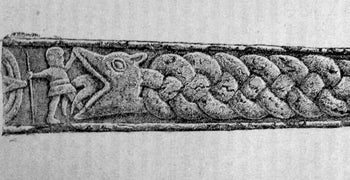
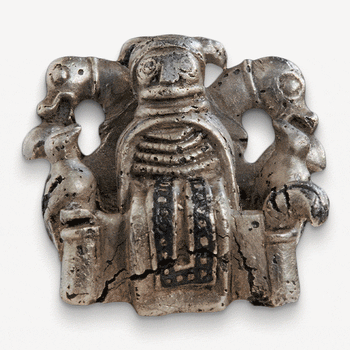
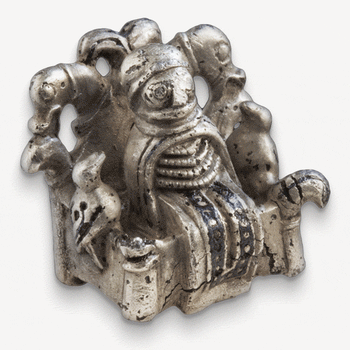
A classical tale of a dragon is the one of “Sigurd the Dragonslayer”, where the dragon in question is Fafnir. The tale includes Lokis mischief leading to disastrous consequences (as per usual). A curse from these mischiefs gets inherited by the son of a man named Reidmar. Fafnir and his brother Regin had unusual skills. Regin had been taught the secrets of blacksmithing by the dwarves and was therefore the best blacksmith in all of Denmark and Fafnir had the ability to shapeshift. The third brother Utter was also a shapeshifter, Utter was the one brother which Loki had accidentally killed, while the brother was shifted into an Otter. Fafnir was driven crazy by the curse laid upon a ring included in the treasure, which Loki had to hand over to his father after the killing of Utter. Fafnir ended up killing his father and relocated the treasure to a big cave, where he turned himself into a huge dragon in order to forever guard the gold.
Fafnir wasn’t prepared for Sigurd however, but that’s a story for another blogpost. Another old tale of dragonslaying is “The story of trembling Hött”, which is another story of a brave young man finding himself facing a dragon. All in the name of winning glory and growing from a boy into a man. Hött would later find his way to Valhalla together with his weapon brothers.
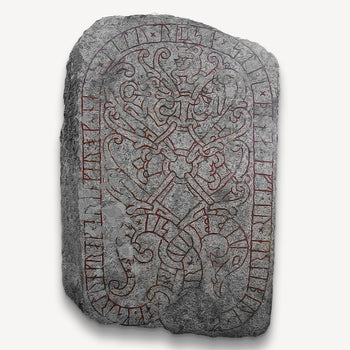
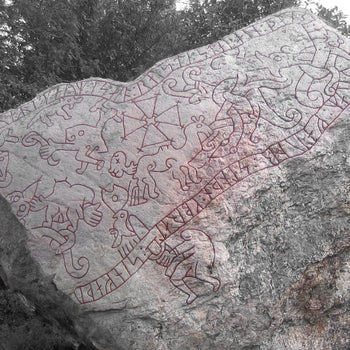
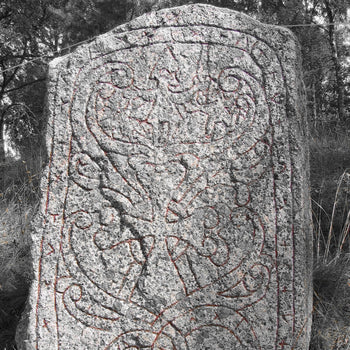
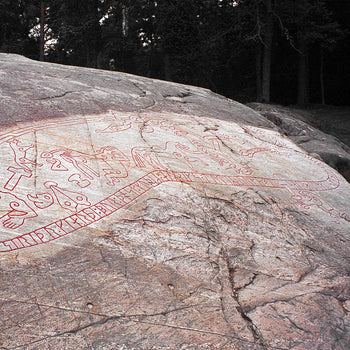
He is the huge serpent surrounding the entirety of the Midgard realm. Deep in the ocean, he holds a tight grip around Midgard, slumbering. Jörmundgandr is foretold to wake up during Ragnarök and be the cause of many sorrows.
Jörmundgandr is the only one of the Jötunn family Thor has never been able to win over in one way or the other, which agitates the Aesir a lot. So much so that Thor even willingly have gone on fishing trips for Jörmundgandr, aspiring to hit the serpent with his hammer. This fishing scene from the sagas can be found depicted on a runestone in Sweden (stone ID: U 1161).
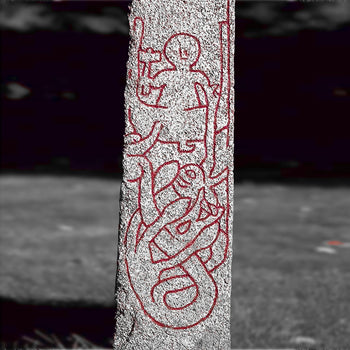
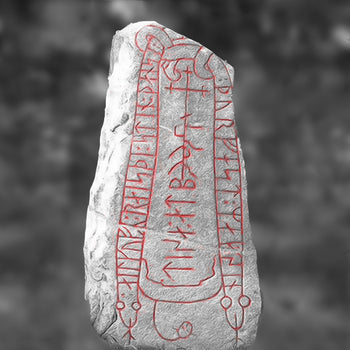
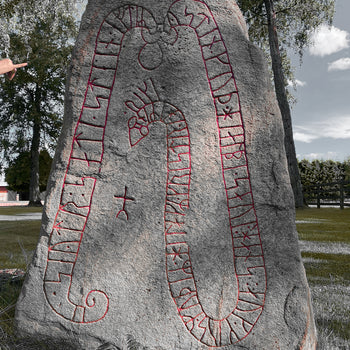
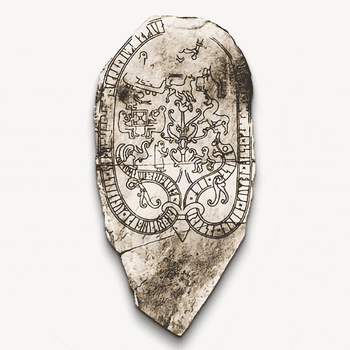
This is a great thing girl to share with newbies to give them passion and confidence to learn more. Thankyou
Hello, I would like to know if you can help me find the meaning of a symbol that I had found in the old symbols.net and that I used it to get a tattoo. I remember saying it was a Tibetan symbol about 5,000 years old.
But I couldn’t find that symbol again.
Could you help me please?
Thank you very much.
I am of
Germanic decent but I lost my ancestors history!!
Grazie mille, i prodotti sono fantastici. Grazie ancora.
Very interesting reading
Great article!
i truly did enjoy this website and all it has to offer. thank you for your amazing work
Para escribir mi nombre en la tuna
RAD!!!!!!!!!!
The best website ever its helping me learn runes and more
Hail THE ALL FATHER, Huginn Muninn hear me……what newfound joy to delight here. I adore this place…Jul and Skol
just found this site through the rune article and there is so much to learn! all the beautiful jewelry the interesting and well thought and educated posts and the backgrounds and runecreator! what a gem!!
I could be wrong but every version of Ratatosk I’ve known had depicted him as provoking Nidhögg and the Eagle with untrue insults.That’s why the Eagle flaps at the top of the tree, trying to uproot it, and Nidhögg gnaws the roots.They’re in a competition to see who can kill the tree first.Like I said, that’s just the versions I’ve heard and this could just be another of the story.
I love these and love learning about the history of nordic peoples!


